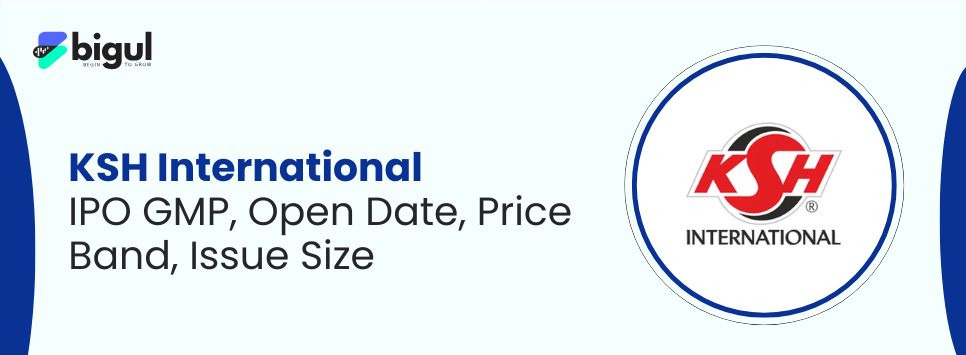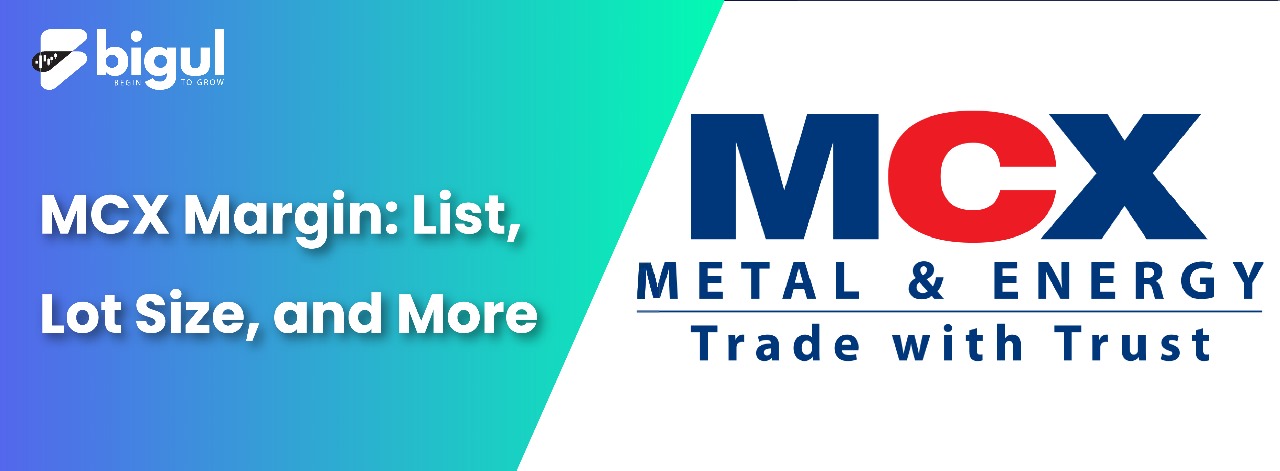Entering the world of commodity trading on the Multi Commodity Exchange (MCX) opens up exciting opportunities. But it’s crucial to grasp the essentials before getting into it.
One of the most critical aspects is understanding how margins work. Margins play a very crucial role in determining how much you need to invest upfront when trading futures contracts.
This article serves as a beginner’s guide to MCX margins, detailing the margin list, lot size specifications, and other vital information that every aspiring trader should be aware of.
So, let’s explore everything about MCX margins.
What is MCX Margin?
MCX, the Multi Commodity Exchange, stands as an independent commodity exchange in India, offering a robust platform for trading a diverse range of commodities, spanning precious metals, energy products, agricultural goods, and base metals.
Through MCX, buyers and sellers engage in trading commodities via futures contracts. Central to this arena is margin trading, a mechanism that enables traders to enter the market without the need for complete upfront payment. This approach involves borrowing capital from a broker, facilitating larger trades than their personal funds might allow.
These borrowed funds are secured by the margin – a form of collateral. Margin trading promotes trading flexibility, providing leverage for enhanced market participation with modest capital investment.
MCX Margin List
MCX is one of the largest commodity futures exchanges in India. Margin requirements on MCX can vary based on the commodities being traded and the contracts being used. Margin requirements are the money or collateral traders must deposit with their brokers to offset trading losses.
There are different types of margins on MCX:
- Initial Margin: Initial Margin on MCX is the minimum deposit traders must give their brokers to start commodity futures trading. It varies based on commodity risk. Higher volatility commodities require more initial margin. This ensures a safety net for potential losses.
- Tender Margin: The tender margin is the amount of money that traders on commodity exchanges like MCX must deposit before participating in a delivery process. It ensures that traders are financially prepared to fulfil their contractual obligations if they decide to take or make delivery of the physical commodity. This margin is in addition to other margins and helps ensure a smooth settlement process, maintaining the integrity of the exchange’s operations. The specific amount of tender margin can vary depending on the commodity and the exchange’s rules.
- Special Long Margin: The special long margin is an extra margin set by MCX for specific situations like unusual market conditions or higher volatility.
- It’s imposed on long positions to manage increased risk. Traders need to deposit this additional amount to cover potential losses resulting from these exceptional circumstances.
- Special Short Margin: The special short margin is like the special long margin but for people selling in the MCX market. When the market is acting unusual, or prices are changing a lot, this rule comes into play. Sellers need to put extra money or things of value as a safety measure because the risk is higher. This helps make sure that if things go wrong, there’s enough backup money to cover the problems.
- Extreme Loss Margin: Extreme Loss Margin is an additional safety buffer imposed by MCX on traders. It acts as protection against significant price swings and unexpected market events. This margin goes beyond the initial margin and covers potential losses caused by extreme volatility. It helps ensure that traders have enough funds in their accounts to manage adverse price movements effectively, reducing the risk of default.
- Delivery Margin: The delivery margin is a percentage of the contract value that traders aiming for physical commodity delivery must deposit at futures contract expiry. This ensures funds are available to meet delivery obligations and is distinct from other margins applied during the contract’s holding period.
Commodity Broker Margin for MCX
Commodities trading in the futures and options market require a broker to facilitate market entry. Acting as intermediaries between exchanges and retail traders, brokers ensure adherence to MCX margin guidelines.
To access this market, one must open a commodity trading account funded with an initial margin—a prerequisite for trading commodity futures and options. Margin requirements vary across commodities and contract expiries, spanning low to high-margin derivatives.
The leverage gained through margins can magnify profits or losses. Brokers may request payment between initial and maintenance margins, triggering a “margin call” if not met, necessitating additional funding.
Lot Size in MCX
Lot size plays a crucial role in MCX trading, determining the quantity of a commodity contract that a trader can buy or sell. It is a standardized unit set by the exchange to maintain consistency and facilitate trading. Lot size varies for different commodities and contracts, allowing traders to manage their exposure and risk effectively.
Smaller commodities like precious metals might have larger lot sizes, while larger commodities like crude oil could have smaller lot sizes. Lot size influences the margin requirement, as traders need to provide a margin based on the value of the entire lot.
For instance, if the lot size for a particular crude oil contract is 100 barrels, a trader purchasing one lot would essentially be buying 100 barrels of crude oil. This standardisation ensures that trading remains organized and that the potential for profit or loss is defined clearly for each movement in the price of the commodity.
Understanding lot sizes is essential for risk management, as it helps traders calculate their potential exposure and allocate their capital efficiently. It’s important to note that lot sizes can change due to factors like market conditions, regulatory changes, or adjustments made by the exchange. Traders need to stay updated on lot size changes to make informed trading decisions.
Conclusion
Understanding MCX margins, lot sizes, and related aspects is vital for any participant in commodity trading. These factors intricately affect trading strategies, risk management, and overall profitability. A comprehensive grasp of these elements empowers traders to make informed decisions, optimising their positions while managing potential risks. As the commodities market continues to evolve, staying well-informed about MCX margin requirements and lot specifications will remain an indispensable asset for successful trading endeavours.








.jpg)
.jpg)
